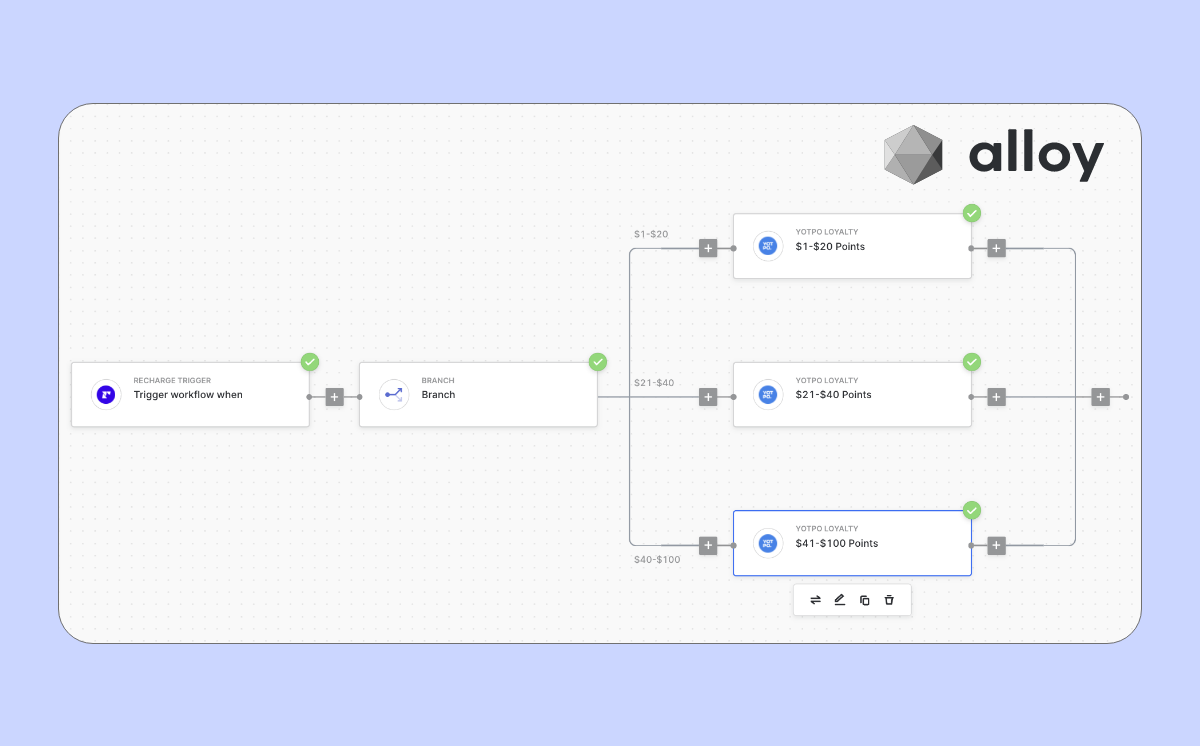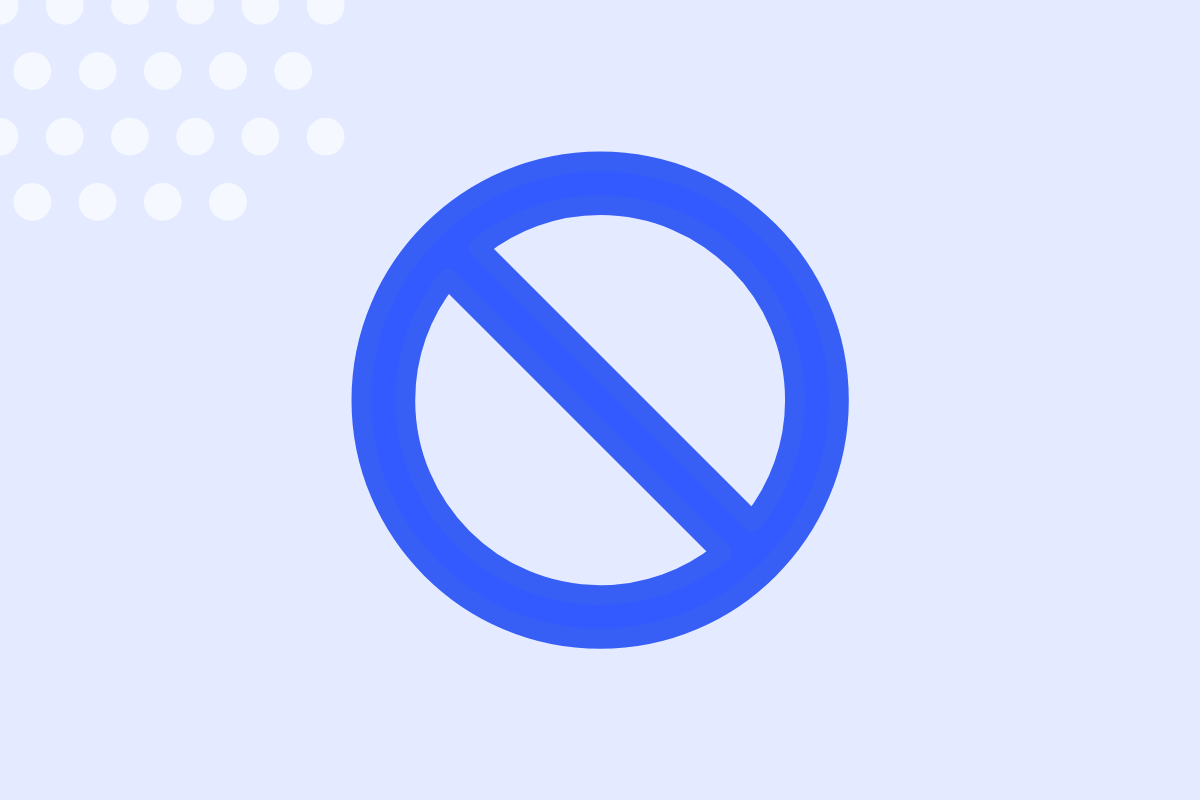In an age where digital interaction is integral to every business's survival and success, the fight for the user's attention has never been fiercer. Every pixel on your website is prime real estate, and knowing how to leverage them effectively is key to standing out in this bustling digital marketplace. Often undervalued, website pop-up messages can be the key to effectively grabbing your prospects' attention and driving them toward meaningful action.
But creating the perfect pop-up message is more complex than it seems. It's a delicate balance between capturing attention without being intrusive, providing value without overwhelming, and compelling the reader to act without appearing pushy.
In this article, we'll explore the art and science of creating the perfect website pop-up message that captures attention and compels action. Whether you're new to the digital marketing space or a seasoned professional looking to brush up on your skills, this comprehensive guide has something for everyone.
What is a website pop-up?
A website pop-up, also known as a lightbox pop-up, is an interactive message that appears over a webpage's content. They are designed to capture the user's attention, providing a compelling and immediate call to action. Pop-ups can serve various purposes, from collecting email addresses for newsletters, promoting limited-time offers, and nudging users towards a particular product or service to providing important notifications.

Though they've gained a reputation for being somewhat intrusive over the years, when crafted and timed correctly, web page pop-ups can significantly enhance the user experience, guiding your visitors toward actions that benefit them and your business.
//[inject:ad-unified-email-sms]
How do pop-ups work?
Pop-ups work by triggering a small window or a box to appear on a webpage based on specific pre-set rules or triggers. They offer great flexibility, allowing you to customize when and how they appear based on specific situations (aka rules or triggers). Here's a closer look at some of these scenarios that can help determine your pop-up strategy:
- Exit intent pop-ups: Designed to engage visitors right when they are about to leave your website, they trigger when the visitor's mouse moves out of the main browser viewing pane. It's like a final pitch to hold their attention, potentially offering them something valuable that might change their mind about leaving.
- Time delay or timed pop-ups: This strategy involves setting a pop-up to appear after a specified amount of time. For instance, if a visitor has been on the same page for two minutes without taking any conversion actions, a timely pop-up might just be the nudge they need to act.
- Scroll-point: Here, the pop-up is configured to appear once a visitor has scrolled past a specific percentage of the page. This could be at the footer of your homepage or any other strategic point after they've already scrolled past your existing lead capture forms. It's a great way to recapture attention once initial interest has been established.
- On-click: This type of pop-up appears when a user clicks a specific button or link on a page. It's an excellent tool for offering additional information or options without cluttering the main page content.
Once triggered, the pop-up momentarily takes over the user's screen, presenting a message or an offer. It's a moment of direct communication with your user, creating an opportunity to guide them toward a desired action. The user can then interact with the pop-up, typically by entering some information, clicking a button, or closing it to continue browsing the website.
Though simple in their operation, pop-ups must be thoughtfully designed and strategically implemented to ensure they effectively engage your audience without disrupting their browsing experience.
Steps to create a website pop-up message
Creating a website pop-up message is part science, part art. Here are the key steps involved:
1. Choose a pop-up platform builder
Before you can start designing your pop-up, you'll need a platform builder to create and implement it. Tools like Sendlane offer a user-friendly interface, integrated email, SMS, reviews, and forms and numerous customization options to create pop-ups that align with your brand and business goals. When choosing a builder, consider its integration capabilities with your existing website and CRM, customization options, and analytics tools.
2. Generate your pop-up idea
Once you've picked a builder, the next step is to decide what your first pop-up will look like and what it will say. This is where your creativity comes into play.
Color and branding
The design of your pop-up should align with your brand's color scheme and overall aesthetic. Consistency in branding helps build recognition and trust. Choose colors that pop, but ensure they complement your overall website design.
Tone and style
Your pop-up's tone and style should reflect your brand personality. Whether your brand voice is formal, friendly, or quirky, ensure it's consistently reflected in your pop-up's language and presentation.
3. Write clear copy
The text in your pop-up message should be clear, concise, and compelling. Keep your message short and to the point, focusing on the benefits your user will gain by taking the desired action. Avoid jargon and ensure your copy is easy to understand for all visitors.
4. Define a goal for your pop-up
Every pop-up should serve a specific purpose: increasing newsletter subscriptions, promoting a sale, or collecting user feedback. Defining this goal will help you create a focused, relevant message that drives users toward the desired action.
5. Create an attractive Call-to-Action (CTA)
Your CTA is arguably the most crucial part of your pop-up. It should be visually striking and clearly instruct the user on what action to take. Use action-oriented language and make sure it's evident what the user will receive in return.
6. Be transparent
Transparency is key to building trust with your visitors. If you're collecting email addresses, let your users know how you'll use their data. If you're promoting a discount or offer, ensure all terms and conditions are clear. Transparency fosters trust and ensures your visitors are more likely to engage with your pop-up and your brand in the future.
When to use pop-up messages?
Knowing when to use pop-up messages can significantly impact their effectiveness. While there isn't a one-size-fits-all answer, here are a few situations where pop-ups can come in handy:
- Visitor Exit Intent: If a visitor is about to leave your site without engaging, a well-timed pop-up can persuade them to stay or provide their contact information for future engagement.

- Offering Discounts or Special Promotions: Limited-time offers, or exclusive discounts can be effectively promoted via pop-ups, creating a sense of urgency that can drive conversions.

- Collecting Email Subscriptions and or SMS consent: A pop-up that appears when a visitor is engaged with your content can effectively invite them to subscribe to your newsletter or updates, which is a helpful tool in generating leads.

Check out our list of pop-up examples to help get your creative juices flowing.
Measuring pop-up messages
Like any marketing tool, the success of pop-up messages should be measured and analyzed. Here are a few metrics to track to better understand visitor behavior:
Conversion rate
The conversion rate of a pop-up campaign is the percentage of visitors who complete the desired action on your pop-up, like submitting an email address or redeeming a coupon. A high conversion rate generally indicates that your pop-up is compelling and effectively encourages users to take action.
% of pop-up windows close
This metric refers to the percentage of visitors who close the pop-up without engaging with it. A high rate might indicate that your pop-up is not engaging, is annoying to users, or is appearing at the wrong time.
Time or duration of pop-up
The amount of time a pop-up is open on a user's screen can provide insights into its effectiveness. If users typically close the pop-up immediately, it might not be engaging enough, or it may be seen as intrusive.
Drop-off rate
This measures the number of users who leave your site after seeing the pop-up. If this rate is high, your pop-up may be negatively affecting the user experience.
How to analyze data to optimize pop-up messages
Analyzing your pop-up's performance data is key to making improvements. Look for trends in your metrics — are there particular times when your pop-up is more successful? Is there a correlation between the design or content of the pop-up and its conversion rate? Use this analysis to refine your pop-up's design, timing, and content.
Test different variants of your pop-up with A/B testing to see what works best. A different CTA may generate leads, a higher conversion rate, or a different design is less likely to be immediately closed.
Remember, optimizing your pop-ups is an ongoing process. As you continue to analyze data and make adjustments, you can create more effective pop-ups that contribute positively to your user experience and business goals.
Best Practices for Creating Website Pop-Up Messages
Navigating the world of website pop-ups can be challenging, but it doesn't have to be. Let's dive into some pop-up best practices to help you create effective, attention-grabbing pop-up messages that align with your brand and drive conversions.
Embrace your brand colors, but keep contrast in mind
While there's no magical color formula to guarantee success, choosing colors that highlight your most important elements and resonate with your brand is crucial. A popular marketing strategy here is to utilize a white background or an image and use your brand's primary color for headlines and CTA buttons.
Simplicity is your ally
The saying "less is more" couldn't be more apt for pop-ups. Remember, you have a brief window to attract attention and ignite interest. Keep your design and message concise, and relentlessly evaluate every word and element in your pop-up for its necessity.
Consistency with your brand is key
Your pop-up messages aren't standalone elements — they're a part of your overall website. It's imperative to select fonts, images, and other elements that align your pop-up features with those on your website to create a cohesive brand experience.
Use contrast to focus attention
Your pop-up needs to stand out while still aligning with your brand. Ensure your headline and CTA contrast with the rest of the pop-up. Larger font sizes and vibrant colors can draw attention to the core value of your message.
Utilize visuals to amplify your message
Images speak louder than words, especially when it comes to pop-ups. Utilize high-quality, relevant images to reinforce your written content and evoke emotion. Seasonal images can create a sense of urgency and drive conversions.
Optimize for mobile
With the majority of traffic coming from mobile devices, it's essential to make your pop-ups mobile-friendly. Keep your copy brief, make your pop-ups easy to interact with, and limit the number of form fields. Full-screen mobile pop-ups that are Google-friendly are often the most effective.
Remember, creating an effective pop-up is an art that combines your brand personality with proven design principles. Each of these different pop-ups and best practices is geared to ensure your pop-up messages resonate with your audience and help drive conversions.
Looking for more pop-up tips? Check out our blog.
//[inject:ad-demo]
Making the most of your website pop-up messages
Pop-up messages can be a powerful tool in your B2B marketing toolkit. They can grab attention, guide user action, and ultimately contribute to your overall business goals. But as with any tool, they require strategic planning, creative execution, and continual optimization to deliver results.
Whether you're new to pop-up marketing or looking to refine your approach, keep these principles in mind. Tailor your messages to your audience, align your pop-ups with your brand, and ensure they provide real value to your visitors. Measure their performance regularly and use the insights to optimize your strategy.
Creating the perfect website pop-up message might seem challenging, but with the right approach, it becomes a creative and rewarding journey. And remember, you don't have to do it alone. Sendlane is here to help, providing a user-friendly pop-up builder and robust analytics to guide your efforts.
Ready to take your pop-up strategy to the next level? Give Sendlane a try today for a fully integrated approach to your email, SMS, and reviews marketing.
Website pop-up message FAQs

%20(1).png)
%20(1).png)




%20(1).png)
.jpg)


.jpg)
.jpg)


.jpg)





.png)



.png)





.png)


.png)

.png)
.png)

.png)
.png)

.png)

.png)


.png)
.png)
%20(1).png)
.png)









.png)











.png)
.png)

%20(1).png)

%20(1).png)



.png)


























.png)











































.jpeg)



.png)




























.png)



.png)

.png)

.png)
.jpeg)


.png)













.png)

.png)










.png)












.png)






































.png)



.png)

.png)

.png)
.png)

.png)
.png)

.png)

.png)

.png)






















